Fishing: Big Fish with Big Fight — Alligator Gar
Friday, November 7th, 2014This is Passport to Texas
Alligator gar, virtually unchanged from prehistoric times, is attracting an enthusiastic 21st Century following.
04—The species in recent years has become very popular amongst anglers and bow fishers.
David Buckmeier is a fisheries scientist for parks and wildlife. To fish for gar, you have to know where to find them.
21—Most alligator gar are found in coastal rivers along the eastern part of the state; rivers like the Trinity are very, very well-known for their alligator gar populations. They’re also found in our coastal bays. They’re an interesting species in that they can go back and forth—maybe not into full salt water like in the gulf—but definitely in the bay systems. And they can go back and forth into the river and into those upper parts of those bays.
The alligator gar is the largest freshwater fish in Texas and gives anglers a good fight.
16—Yes, they actually fight quite well. As you can imagine, any fish that weighs 150 or 200 pounds has a lot of power. So, they do fight; they actually jump quite a bit. They’ll completely clear the water. There’s some variations; some of them are more sluggish than others. But, they’re very entertaining and that’s the reason, I guess, for the popularity.
Anglers may keep one of these big fish per day. Learn more about freshwater fishing at the Texas parks and Wildlife website.
The Wildlife and Sport Fish restoration program supports our series.
For Texas Parks and Wildlife…I’m Cecilia Nasti.
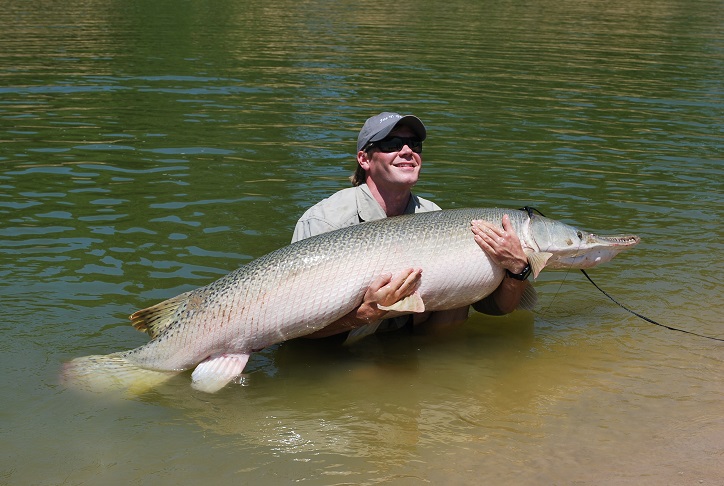

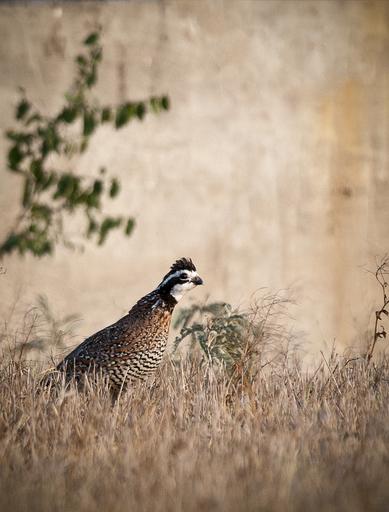
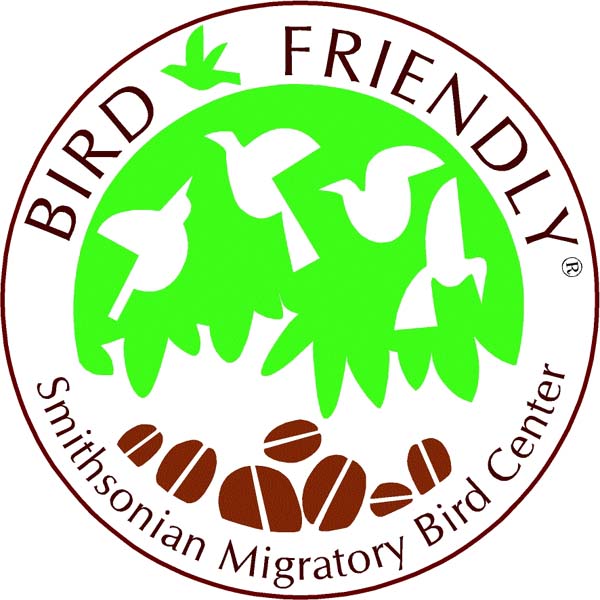
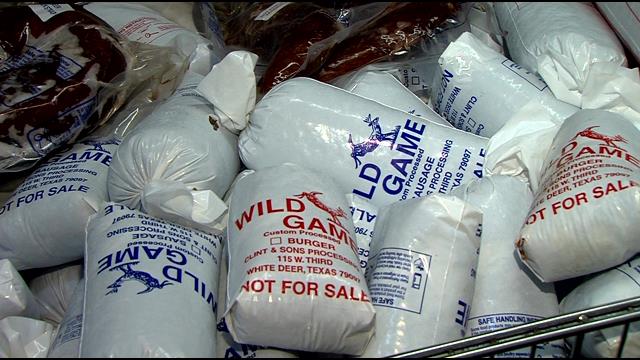
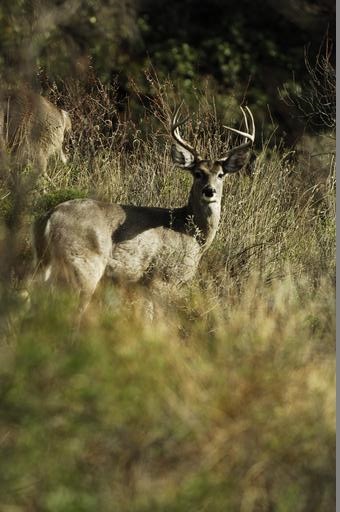

 Passport to Texas is a
Passport to Texas is a  Passport to Texas is made available by:
Passport to Texas is made available by: